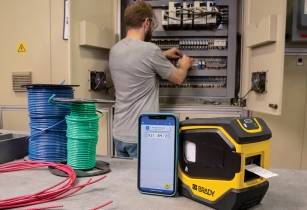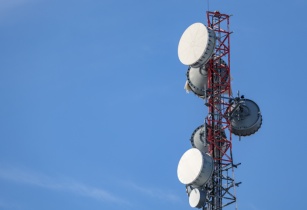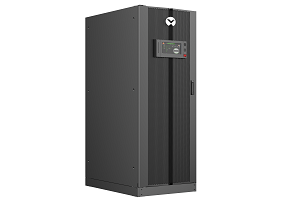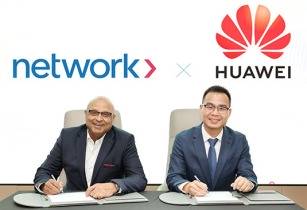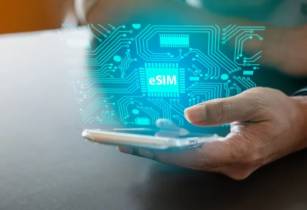Technology within safety wear has almost existed, and as technology increases, we get safer. Univet has raised the bar in what utilising technology within already established safety wear can do and paints a picture for safer workers
Univet, the Italian leader manufacturer and among the world top players for the production of safety eyewear, clean room and laser protection, as well as of magnification loupes for medical and dentistry application, displayed the Vision AR this week at the A+A show in Dusseldorf, Germany, and showed visitors what industrial field workers could be wearing to protect themselves tomorrow. The Vision AR, standing for Augmented Reality, has been designed and built to be used in the industrial field, being impact resistant, protective, conversing the natural field of view, and providing additional information to the user without interfering or reducing the operator's responsiveness. It includes a monocular projection system, an adjustable position to adapt for pupillary distance, and contains an accelerometer, gyroscope, compass, ambient light sensor, vibration motor, microphone and speaker while being Wi-FI and Bluetooth enabled.
The Vision AR is a venture between Univet and Sony, with Sony providing the optical engine to form the hologram display for the wearer. All electronics were entirely developed by Univet. Additionally available is a control box, connected to the glasses via a USB C connection, which is an intelligent factory control unit, which management systems for the factory are already integrated. Univet has made optional and modular elements which are specific to a dedicated application, optimising the glasses to the specific requests and enabling great flexibility of the unit.
Sony developed the LMX-001 optical engine for the VisionAR, which clearly displays graphics and text in the field of view of the user. The Sony holographic waveguide is extremely thin to ensure maximum brightness and transparency, yet reinforced to meet the quality requirements that the industry demands its professional use. Sony's solution provides an unobstructed view through the safety glass if the display is off. The frame of the glass can be customised to incorporate elements that are needed for its application, such as a camera, status LED, temperature and barometer sensors.
Smart Glasses have not been adopted as quickly as other wearable electronic devices, such as smart watches, and this is down to a number of factors. The aesthetic appeal of smart glasses has always been lacking in comparison to its smartwatch counterpart. They have also looked bulky and very heavy to wear. These together have made them more unfashionable and not as commercially successful as its smartwatch brother. Univet has solved many of these issues by using its history in great Italian styling, high-quality materials, and a great finish. Its application to industrial and production workers has obvious benefits including an external feed of critical information, faster production times and safer working tools. Leaving their hands free to work and not distract them by holding a scanner or information sensor benefits them both the worker and company by making them more efficient and less likely to make mistakes, meaning they're less likely to harm themselves or others in an incident.
More can be found in the video below.










